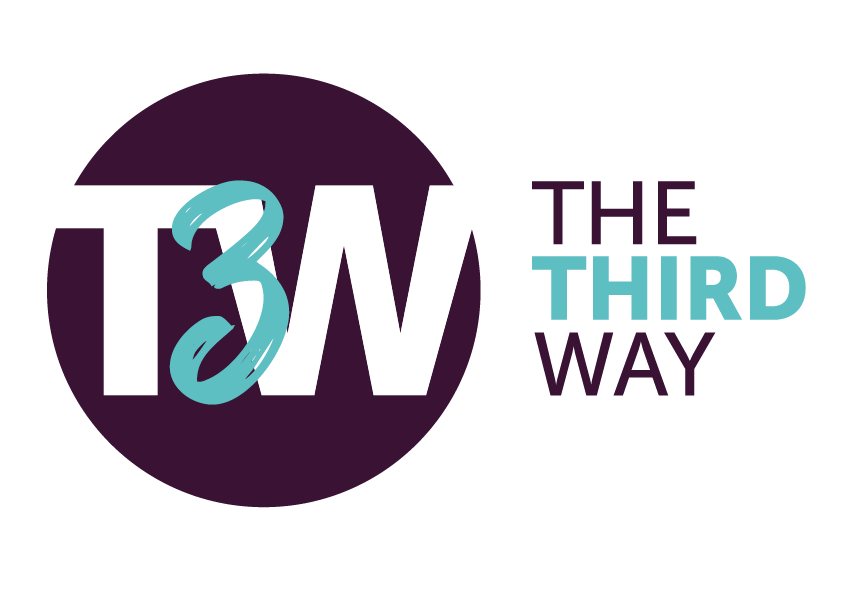Management versus Leadership
- If you manage people within a business context, you may come across similarities and differences between leadership and management. The similarities are probably greater than you think, and hopefully every manager also has leadership qualities.
- Even as an entrepreneur of a growing company, the moment will come where you notice that you can no longer live up to it on your own.
- That’s why you want to build a team around you – with a common goal and a shared vision. You will lead, delegate etc.
- Maybe you are now in the role of a manager (or entrepreneur with employees), and in that sense you are also a member of a management team.
There are tools you can use to get started. For example, you can find coherence in the various roles and activities you have to do.
Take a look at the leader’s manual published in the Harvard Business Review, with 6 fundamental skills that every leader should practice.
To zoom in on the question of Management versus Leadership: Maybe you have (somewhat of a negative) image of a manager, who pulls the strings and determines that things happen in the right way, and a (more rosy) image of the leader, who sows and cares so that the plant (the employee) can grow? There’s a piece of truth in both.
Measured Value of Management
Management is the creation of conditions through which employees can (continue to) use their qualities in an optimal way in order to achieve the desired results.
The way the manager shapes his core business says something about his management style (and underlying leadership qualities).
There is a common core, possibly a different perspective. The leader puts the dot on the horizon – determines the vision, the strategy, and indicates what the right things to do are. She/he maybe provides the framework, sets the goals and KPIs. The manager on the other hand is more in charge of operational control – making sure that things are done in the right way. In an ideal situation there is interaction and mutual influence/coordination.
More and more organisations work with the most ‘flat’ organisational structures as possible where tasks, responsibilities and power are distributed as evenly as possible. They work with self-organising or self-managing teams. From the point of view of shared leadership the interactive influencing process leads to a common goal with shared responsibility/roles.

Examine for yourself what current insights you can find in the literature and your own environment:


